Affiliate disclosure: This post may contain affiliate links. Please see our Privacy Policy.
Mesophilic yogurt is one of the easiest ways to make yogurt at home. These heirloom yogurts are cultured at room temperature, meaning that there’s no need for a yogurt maker.
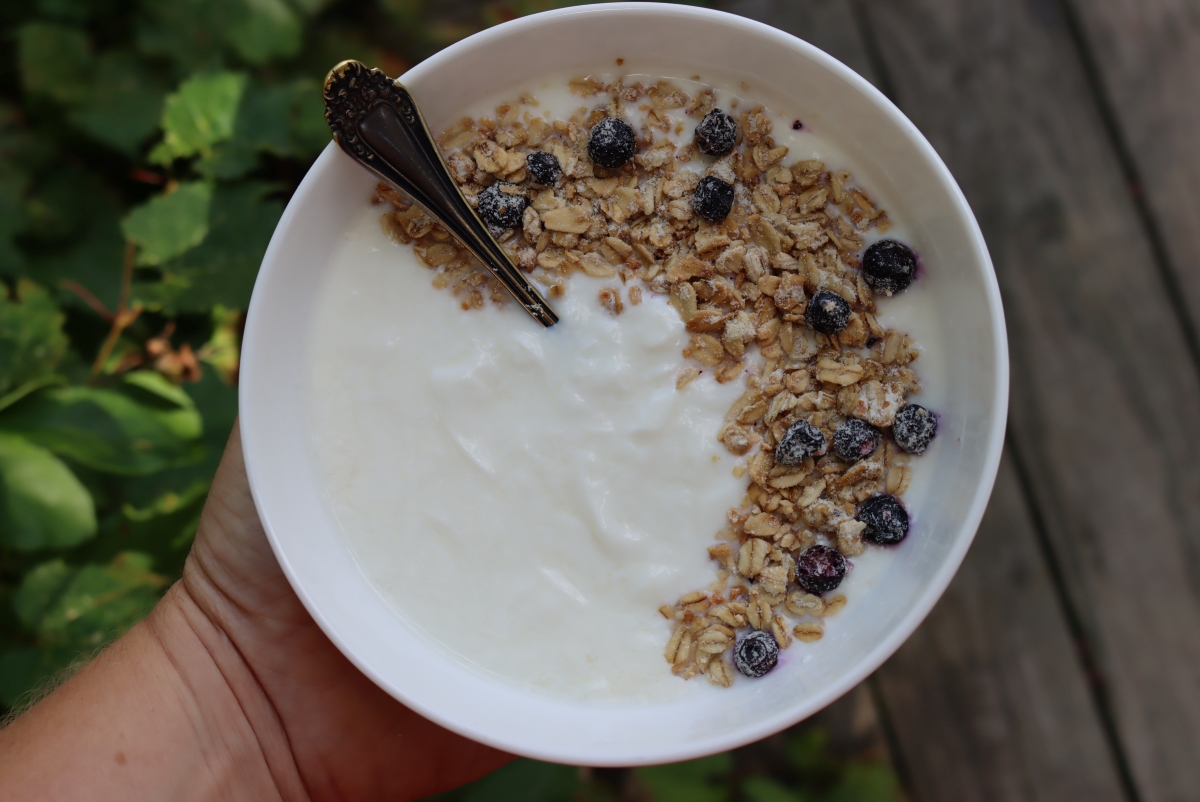
Making yogurt at home is incredibly simple, but it can be tricky to keep it warm without a yogurt maker.
The basic process starts by adding a yogurt culture to milk and then incubating at 90 to 100 degrees F for 6 to 8 hours, sometimes up to 12 hours. Sounds simple, but it can be tricky to keep the yogurt warm enough for that long.
A yogurt maker is a simple solution, and it is just an incubation chamber that maintains a consistent temperature. The problem is, they’re expensive. They generally cost around $50, which isn’t bad when you consider all the money you’ll be saving making your own yogurt.
I’ve tried all manner methods for making yogurt without a yogurt maker, including crock pots, water baths, oven lights…you name it. I even tried incubating yogurt in a food dehydrator.
There is a simpler way though.
Why not just make yogurt that doesn’t need incubation?
While most grocery store yogurt is what’s known as “Thermophilic” or heat-loving yogurt that requires warm temperatures to culture, there are plenty of yogurt varieties that culture at room temperature.
Thermophilic yogurts evolved in places where the average daytime temperatures during the summer are quite warm, like India. But in Scandinavia and Russia, the temperatures are much cooler, especially in the mountain pastures where the dairy animals are taken during the milking season (late spring through early autumn).
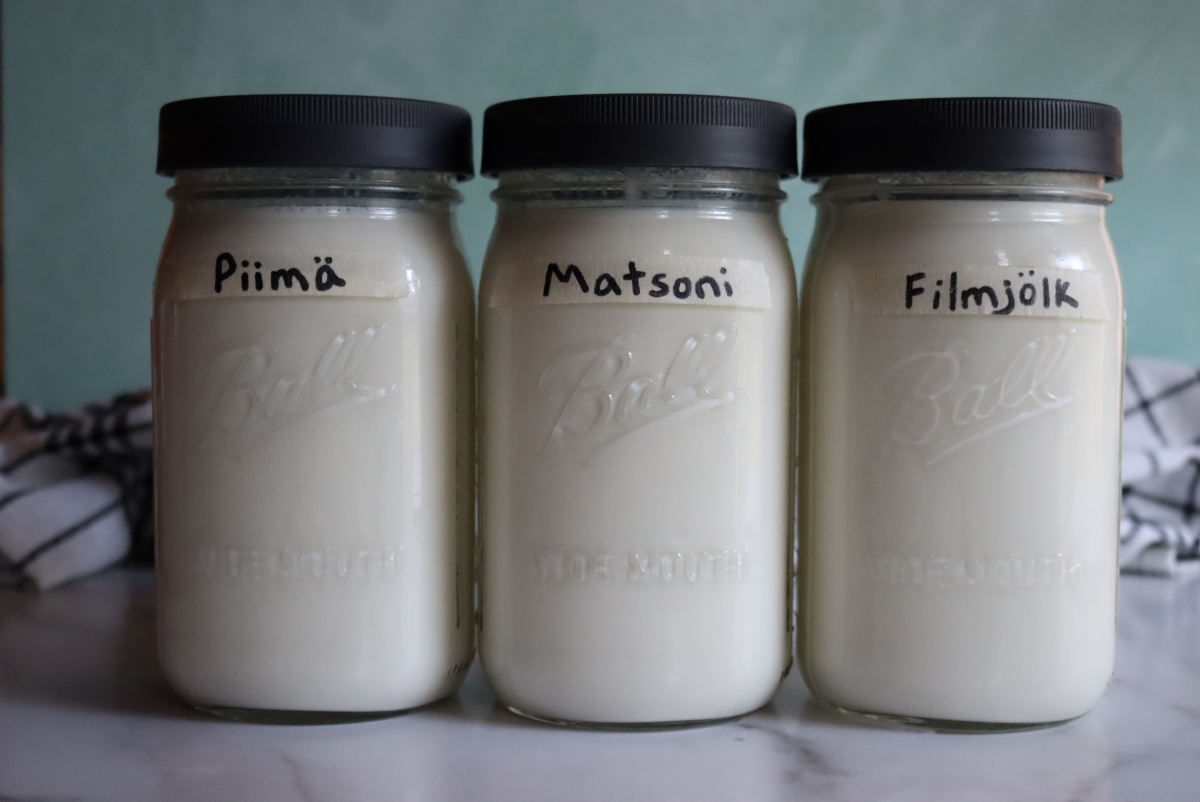
Mesophilic Yogurts
These mesophilic yogurts culture at room temperature, without an incubator!
Matsoni
Originally from the Caucasus, this easy homemade yogurt has been made since at least the 11th century. It’s known as Matsoni in Georgia, or Matsun in Armenia. Other places around the world call it all manner of things, and it’s even popular in Japan where it’s called “Caspian Sea Yogurt.”
Long before refrigeration, culture was added to room temperature milk and it was allowed to stand for 24 to 48 hours until the lactobacilli had converted natural milk sugars into acids.
That natural acidification process helped to preserve the milk, but also gave it a characteristic tangy flavor and thick, custardy texture.
Simply take the milk and allow it to come to room temperature. Add matsoni culture and give it a quick stir, then let it culture on the counter at room temperature (68 to 80 degrees F).
The fresh matsoni will be ready in 24 to 48 hours. You’ll know it’s done when it’s thickened, and it’ll pull away from the sides of the bowl/jar when tilted.
You can purchase Matsoni culture here.
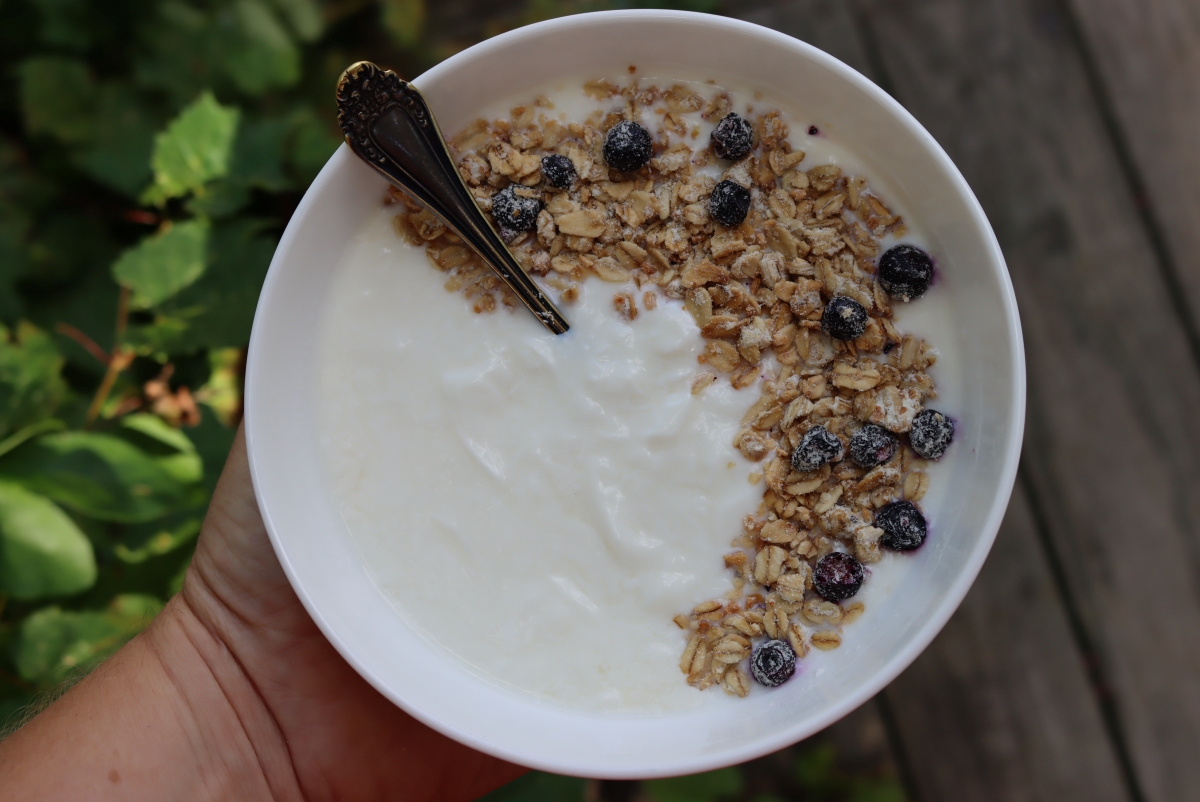
Viili
This heirloom yogurt culture comes from Finland, and it creates a truly unique yogurt.
It’s described as having a “ropey” consistency, and it has an incredibly cohesive texture. Traditional strains have a “bloom” on the surface, similar to Camembert cheese, but most modern strains have the culture that causes the surface bloom removed.
Without the “bloom” it’s less traditional, but more fitting with modern tastes. Few people these days want yogurt with a fuzzy surface. If you want to add it back in, you’ll need just a pinch of Geotrichum Candidum culture.
The texture may be an acquired taste, but the flavor is incredibly mild and delicate, barely sour at all (unlike most yogurt, which is quite tangy).
I became obsessed with trying to find a Viili culture after reading a story about one heirloom Viili culture in the book The Art of Fermentation by Sandor Elix Katz. It’s the story of a Finnish immigrant named Van, the last of 13 children born just after arriving in the US:
“Van lived alone in a 3 room cabin in the woods up the road from us and in his early 90s was still pretty independent…After his 95th birthday, Van took a fall and his health began to fail…One afternoon, watching TV by his bedside, he asked me calmly, “Can you take care of the seed?” I assured him that he had shown me well how to do that and I would. In the middle of the next night, I realized his light was on and I went in to find that he had died.
The ‘seed’ is one Finn way of expressing ‘the starter’ or ‘culture’ of the Finn dairy product fiilia (viili). Though Van was born in Fort Bragg, the ‘seed’ had come from Finland with the Kinnunen family and probably dozens of other families as well. The corner of a clean handkerchief had been spread with a bit of cultured milk, dried, rolled up, and tucked carefully into personal belongings for the long trip to a new life. Seed or culture is the means for the continuation of life, a new life, in a new land…”
To make Viili, simply take a bowl, jar, or similar vessel. Take a spoonful of viili from the previous batch and spread it around the interior of the vessel. If using powdered culture, just sprinkle it on top and mix it in. (In the story above, a piece of the dried handkerchief culture would have been cut and placed at the bottom of the bowl.
Add milk, leaving a good bit of headspace because like all fermented foods it’ll expand a bit when cultured. Cover loosely with a towel or cloth and allow the Viili to culture at room temperature (68 to 80 degrees F) for about 24 hours until thickened.
You can purchase Viili culture here.
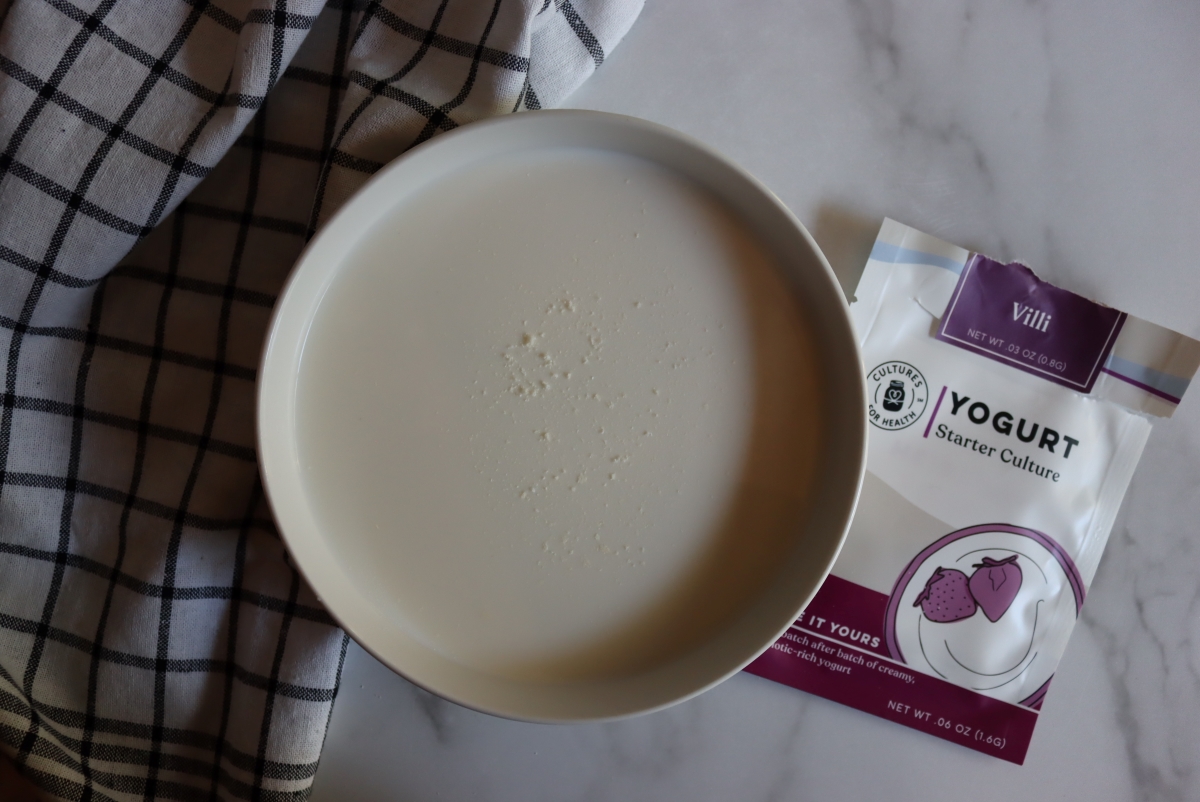
Filmjölk
Originally from Sweeden, Filmjölk is another easy-to-make room-temperature yogurt.
It has a mildly sour yogurt-like tang, but also a rich buttery flavor. One of the probiotic strains in the culture produces something known as diacetyl, which has a buttery taste and gives this yogurt its characteristic flavor.
I’ve written detailed instructions on how to make Filmjölk since my kids particularly love this mesophilic yogurt. We mix in berry juice and make it into smoothies regularly.
The process is pretty simple though. Just add the culture and allow the mixture to culture at room temperature for 24 to 48 hours until thickened.
Though it’s often referred to as “drinkable yogurt,” the result is quite thick, and you could eat it with a spoon. You could also drink it from a glass, like a milkshake.
You can purchase Filmjölk culture here.
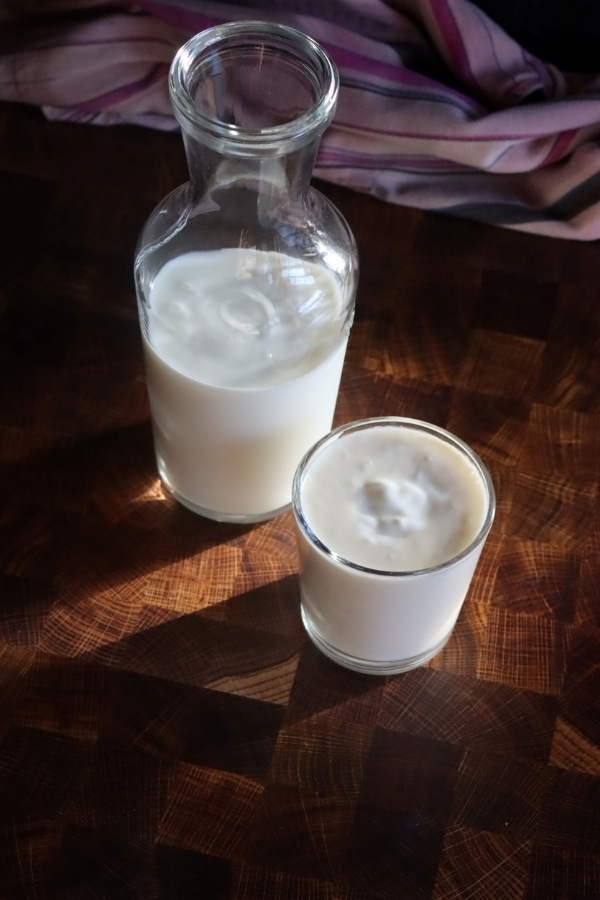
Piimä
Another thin, drinkable Scandinavian yogurt, Piimä is similar in some ways to Filmjölk.
The main difference is that it doesn’t have Filmjölk’s buttery flavor, and instead tastes incredibly mild. It’s also usually a bit thinner than Filmjölk.
You can purchase Piimä culture here.
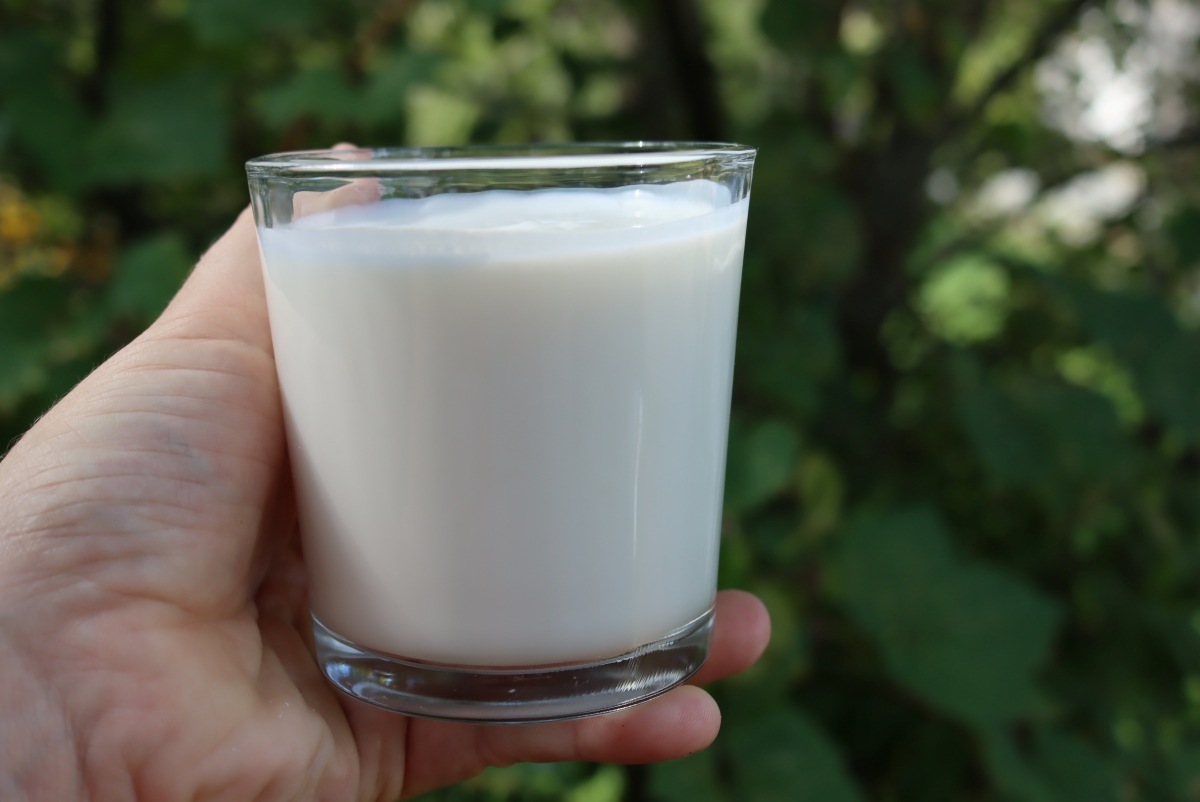
Skyr
Technically a cheese, skyr is a type of “yogurt” made in Iceland that’s similar to Greek yogurt. It’s thick and creamy, and it’s generally made with skim milk.
The thick consistency is achieved by the addition of rennet, which is used in cheesemaking. This allows you to separate curds from whey and results in a protein-rich, creamy yogurt-like cultured milk.
Since the original recipes were developed in Iceland, it also cultures at room temperature.
The process is a bit more involved, and I’d suggest starting with something simpler like Matsoni. (Unless you’re ready to dive into home cheesemaking, in which case, I’d suggest reading this beginner’s guide to cheesemaking to get you started.)
Still, if you’re ambitious, the culture packet comes with everything you need, including recipes and instructions, as well as rennet tablets. (If you’re curious, here are basic instructions for making skyr.)
You can purchase Skyr culture here.
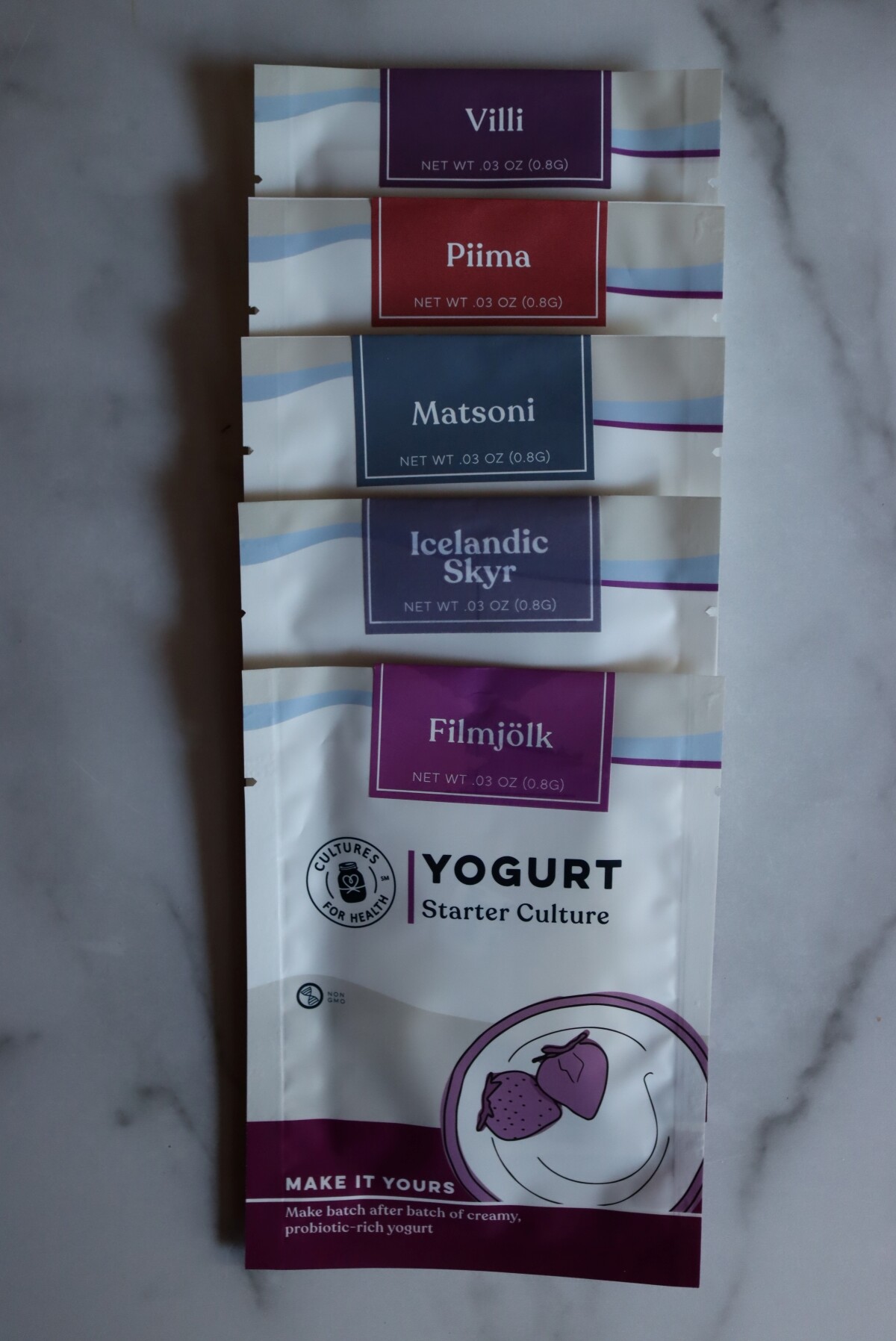
Fermented Food Tutorials
Looking for more ways to make homemade probiotic foods?
- How to Make Sauerkraut
- Lacto-Fermented Pickles
- How to Make Cider Vinegar
- Fermented Turmeric (Natural Anti Inflammatory)
- How to Make Gravlax (Salt Cured Salmon)
- Beginner’s Guide to Lacto-Fermentation
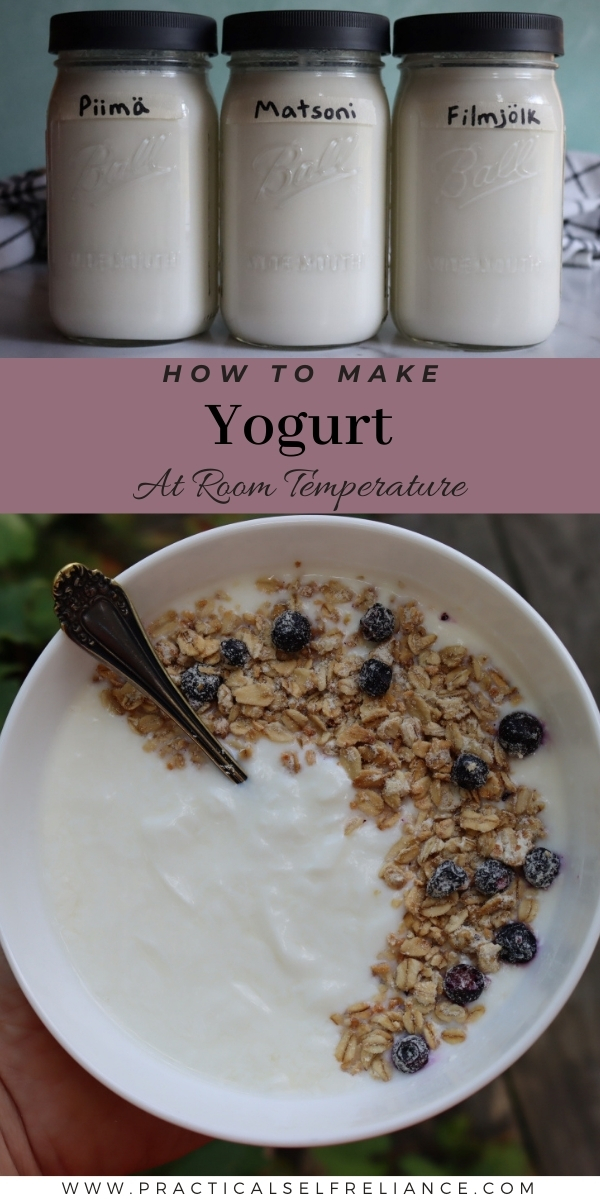



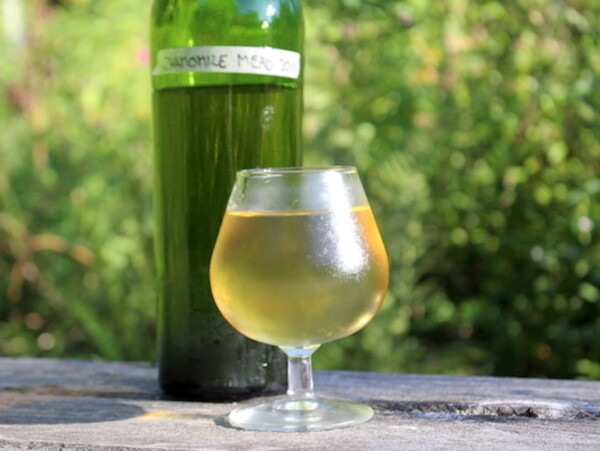










I have been making the mesophilic filia for about 3 years. My best results have been in bowls covered with a cotton cloth and 76 deg F room temp for 16 hrs approx. This is the way I remember my grandmother making it 50 years ago.
Keeping an approx 76 room temp is impractical and expensive, so I keep the pantry at 76 which is also expensive and not good.
I don’t like the yogurt makers I have seen because they don’t accommodate my 6″ bowls and temps are too high.
1 -Does anyone else use this method?
2 – If yes – possible solutions?
I have googled food warmers, trays etc, but temps again are too high or not temp adjustable enough.
Suggestions?
Hi Ashley, thanks for such useful insights. We much prefer filmjolk to yogurt, and would love to make it at home as it’s not easy or cheap to find in stores here.
But we live in the tropics, where room temperatures are more in the 80s than 65-75F. Is it possible to culture filmjolk at such high temperatures, or would it just go bad?
Hoping you have a workaround solution for us 🙂
You can try it and see what happens.
Thanks for sharing this. These yogurts look great! Definitely gonna try soon!!
You’re very welcome. Let us know how they turn out for you.
How long do these yogurts last with out fridge? Gonna spend the summer herding goats looking into ways to stretch the life off the milk.
It’s important to refrigerate the yogurt once it is finished to stop the fermentation. Otherwise, it will continue to get even more tangy as it continues to ferment. It will eventually separate and turn into curds and whey.
This is why I read your blog. Thank you for your work.
Awesome, so glad it’s helpful to you!
What type of milk can you use to make this with? Store bought is pasteurized.
It can be made with either raw or pasteurized, but pasteurized from the store is easier. Ideally, you want regular pasteurized milk from the store (not ultra pasteurized or UHT). The ultra pasteurized stuff will still work, but the yogurt will be thinner as the high heat used to make it breaks down some of the milk proteins. The process I’ve described in the article for each yogurt is using pasteurized milk from the store as most people have access to that. If you want to use raw milk right from the farm then you have to use a slightly different process.
Hello! And thank you for the informative article.
Once a batch is made (from the above) – can one simply use a spoonful or two form the last ‘batch’ to make a fresh batch of this room temp fermented yogurt?
Or would I need fresh culture starter with each new batch?
Yup, you can definitely propagate from your existing culture indefinitely provided it doesn’t get contaminated, and provided you do it every 5 to 7 days. For that you need to make sure you’re using pasteurized milk that’s fresh from the store so you’re not introducing other cultures (or just pasteurize raw milk at home). It also needs to be done frequently, as I say, every 5-7 days so that the yogurt is still pretty fresh so that the dominant cultures are still good yogurt cultures (and not something else it’s picked up in the fridge).
There’s some good information on this at the cultures for health FAQ page: https://www.culturesforhealth.com/learn/yogurt/yogurt-starter-frequently-asked-questions-faq/
You’re talking about ‘clabber’! I always wondered about the difference between yogurt and clabber. I have only heard about clabber from old books and I understood that it was a yogurt-like milk product possibly made with natural airborne cultures. Definite mesophilic; made in the northern hemisphere. So cool to finally learn more about it.
I regularly make a dairy kefir cultured sour cream using 18% cream and I love it because it doesn’t require the heating and cooling needed for yogurt. I will definitely give these a try.
Thanks you.
Clabber, believe it or not, is actually something different. Clabber starts with raw milk that’s just left out at room temperature (never refrigerated) and the natural mesophilic bacteria in the milk do the work. It creates more of a curds and whey type thing than yogurt, though the curds are loose like yogurt. The main thing here is that there are spoilage bacteria that work slowly at cold refrigerator temps, and if you refrigerate raw milk for a few days they start to propagate. At that point, if you take the milk out and try to make clabber it’d just going to spoil. To make propper natural clabber, you need very fresh raw milk, and then just leave it out for 12-24 hours.
Thank you. Good to know.
Have you had any feed back on which culture works best with non dairy, or which non dairy alternative gives good results? Do these different bacteria have the same gut health benefits? I have Celiac’s and a dairy issues.
I haven’t tried to make vegan yogurt with any of these cultures, and I’m not sure how well it’d work as they’ve evolved to eat lactose. I’ve read that some yogurt cultures will work a time or two on vegan milk (coconut, etc) but then the cultures weaken because it’s not the best food source for them, so you have to get a new culture packet each time instead of propagating your own.
There are vegan yogurt strains that work really well, though they don’t produce “thick” yogurt on their own, you have to add pectin to get the right texture (still probiotic though). There’s an article about that here: https://www.culturesforhealth.com/learn/recipe/yogurt-recipes/vegan-yogurt-pectin-thickener/
The downside is those vegan cultures still need warmer temps, like yogurt maker temps of 105 F, so you can’t make it at room temperature.
Actually Diane, I just found an answer to this on their FAQ page. Apparently, you can use them in nondairy milk, but the culture won’t last long.
“Q. Why can’t I re-culture yogurt made with non-dairy milk?
A. Non-dairy milk is generally cultured using a direct-set starter (single-use culture). As mentioned above, these starters are not intended for use beyond a batch or two.
Heirloom cultures consume lactose as their food source, and thus cannot survive long-term culturing alternative milk. If you wish to use an heirloom starter to culture non-dairy milk, you must maintain dairy mother culture to use to culture.
If you must be completely dairy-free, the Vegan Yogurt Starter is your best choice for making non-dairy yogurt.”
More info here: https://www.culturesforhealth.com/learn/yogurt/yogurt-starter-frequently-asked-questions-faq/
Ashley, thanks for your xtra efforts to get me the info I needed. Gluten is a bigger issue then dairy. It’s the casien (protein)in cow’s milk that is a problem for some celiacs. I can tolerate goat, or sheep milk. Thru you I was able to learn vegan cultures are grown on barley and contain some gluten. The other cultures are labeled gluten free.if I understand correctly, I can grow yogurt on other dairy and use that to experiment on my dairy free “milks”. . I plan on ordering several cultures thru your link as soon as filmjolk is no longer sold out. Grampa was from Sweden. That little ancestral link makes me happy. But I also look forward to a long winter experimenting with other varieties too. I really missed yogurt. The $5 for coconut yogurt was too much when I couldn’t also use it as a starter culture for more. You also examined that failure. Love your news letters. You feel like a friend always with good advice. Thank you
You might have luck then simply using goat’s milk as the mother culture. You can then make goats milk yogurt, or use it as a starter for non-dairy yogurts. I really hope that works out for you! It’s too bad those vegan yogurts are not gluten free, that’s really unfortunate since so many people have multiple sensitivities.
Hi,
Would you boil the milk to 100 degrees first and bring it down to room temperature before adding the culture (if using raw milk)?
Thanks.
That actually depends. You don’t have to boil raw milk before using these cultures, you can make this yogurt with raw milk. The problem comes in when you want to re-culture off that same batch of yogurt.
There are really detailed instructions for making mesophilic yogurt with raw milk, either keeping it raw completely (which results in thin yogurt) or scalding it first (thicker yogurt because it conditions the proteins in the milk). They also have instructions on propagating the culture with raw milk, and in that case, you’d need to pasteurize a small portion and use that as the mother culture:
https://www.culturesforhealth.com/learn/yogurt/make-mesophilic-raw-milk-yogurt/
Many thanks for this resource.
This is wonderful to learn about, thank you.
Have you tried making any of these yogurts with coconut milk or any other alternative milk?
If you’re wanting to make yogurt with an alternative milk, you will probably need to add a thickener. You will also need a new starter each time since the cultures will not survive for long periods of time in a non-dairy milk. You can find more information about this from culturesforhealth.com